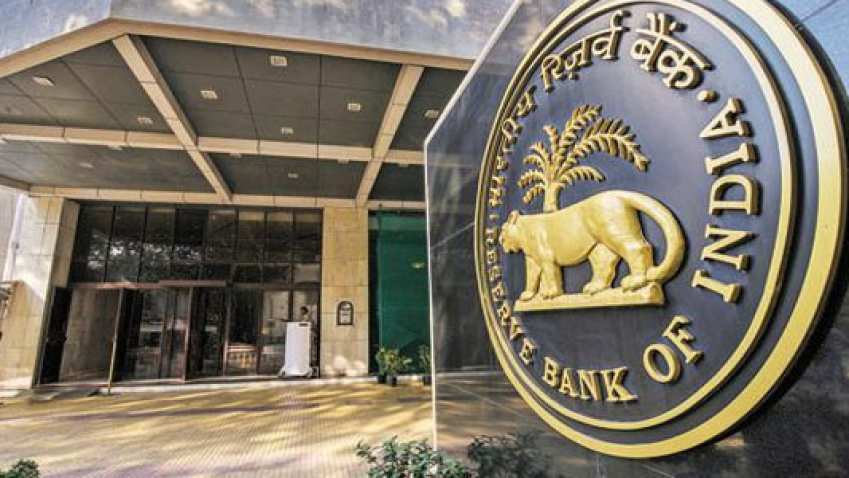NPA recognition likely to get prolonged till FY20, may spike by Rs 5.24 tln in FY20: Report
The RBI had last month come out with the guidelines stipulating that from April 2019, minimum 40 percent of fund- based limits of a borrower is required to be structured in the form of a 'loan component' with a fixed maturity.

Non-performing asset recognition is likely to get prolonged till the next fiscal year and can put Rs 5.24 trillion debt in FY19 at risk increasing the potential bad loan stress, thanks to the recent Reserve Bank guidelines on delivery of bank credit, says a report. The RBI had last month come out with the guidelines stipulating that from April 2019, minimum 40 percent of fund- based limits of a borrower is required to be structured in the form of a 'loan component' with a fixed maturity.
It can be noted that a majority of analysts as well as the RBI are expecting that the dud asset recognition cycle has peaked and wanting to focus on the resolution. Under its base case scenario, the GNPA ratio of all banks may come down to 10.3 percent by March 2019 from 10.8 percent in September 2018, the RBI has said.
In a report, domestic ratings agency India Ratings said Friday, the implementation of the new guidelines "can put at risk Rs 5.24 trillion debt in FY19, which could result in an increase in potential stress and extend the non-performing asset recognition cycle for banks to FY20."
As the implementation will require a rollover of Rs 4.10 trillion of working capital loans in FY20. Of this, Rs 1.90 trillion is likely to face a "high or very high rollover risks" owing to weak operating cash flows and a high proportion of rollover requirement vis--vis debt outstanding at FY19.
Over Rs 1.21 trillion debt (a part of the Rs 4.10 trillion) is likely to emanate from corporates rated 'AA-' and above, it said.
The new guidelines will impact the working capital- intensive sectors the most, while export-oriented sectors are likely to remain unaffected, the report said.
Power and real estate sectors account for 30 percent of the total rollover requirements, while an additional 30 percent comes in from construction, infrastructure, metals and mining, it said.
The burden of cash management would first shift to borrowers on the implementation of the new RBI guidelines on the loan system for the delivery of bank credit, the agency said in the report.
This will necessitate borrowers to install systems and processes to manage surplus cash and tie-up their working capital loan components (especially rollovers) with banks in a timely manner, it said.
Get Latest Business News, Stock Market Updates and Videos; Check your tax outgo through Income Tax Calculator and save money through our Personal Finance coverage. Check Business Breaking News Live on Zee Business Twitter and Facebook. Subscribe on YouTube.
RECOMMENDED STORIES

SCSS vs FD: Which guaranteed return scheme will give you more quarterly income on Rs 20,00,000 investment?

Small SIP, Big Impact: Rs 1,111 monthly SIP for 40 years, Rs 11,111 for 20 years or Rs 22,222 for 10 years, which do you think works best?

SBI 444-day FD vs PNB 400-day FD: Here's what general and senior citizens will get in maturity on Rs 3.5 lakh and 7 lakh investments in special FDs?

Power of Compounding: How long it will take to build Rs 5 crore corpus with Rs 5,000, Rs 10,000 and Rs 15,000 monthly investments?
10:29 PM IST










 Evergreening of loans: FinMin seconds RBI Governor Shaktikanta Das's caution to private banks
Evergreening of loans: FinMin seconds RBI Governor Shaktikanta Das's caution to private banks  PSU banks' gross NPA falls to 5.53%; total profit stands at Rs 70,167 crore in Apr-Dec FY23
PSU banks' gross NPA falls to 5.53%; total profit stands at Rs 70,167 crore in Apr-Dec FY23 Icra revises banking sector outlook to 'positive', expects NPAs to decline further to decadal best
Icra revises banking sector outlook to 'positive', expects NPAs to decline further to decadal best Public, private sector banks post strong growth, fall in NPAs in Q2: An insight - 5 points
Public, private sector banks post strong growth, fall in NPAs in Q2: An insight - 5 points High NPAs in education loan segment turn banks cautious
High NPAs in education loan segment turn banks cautious